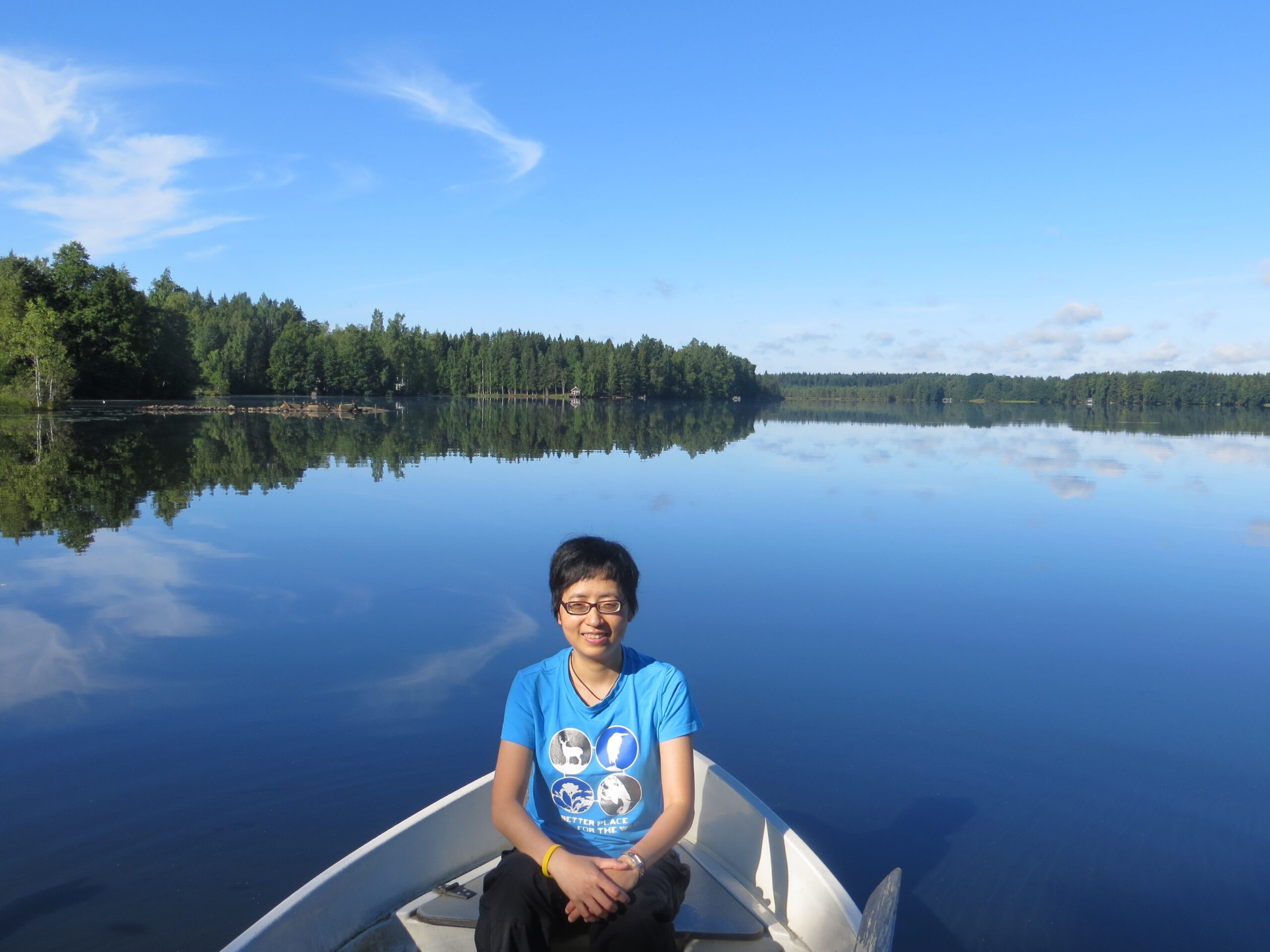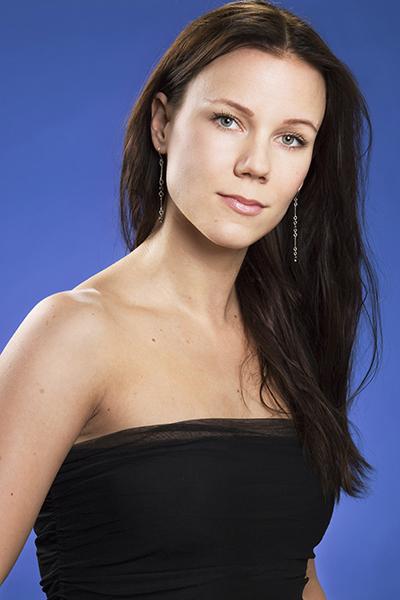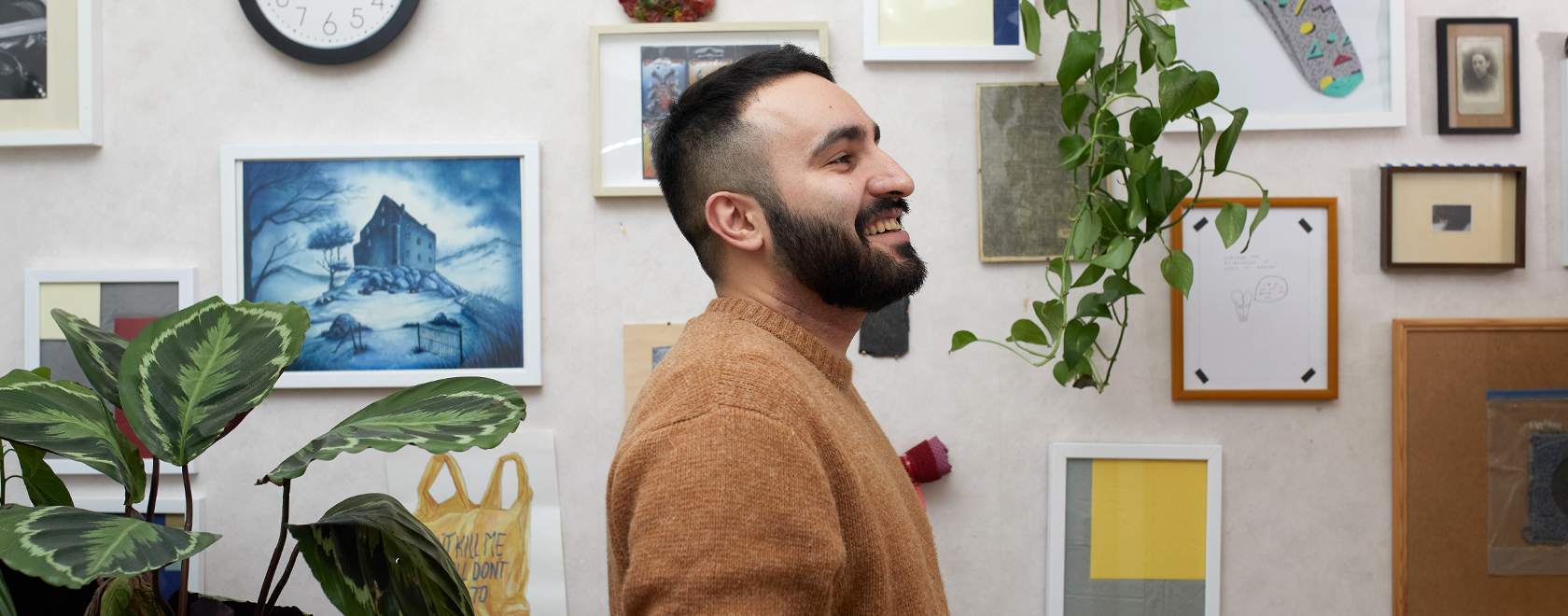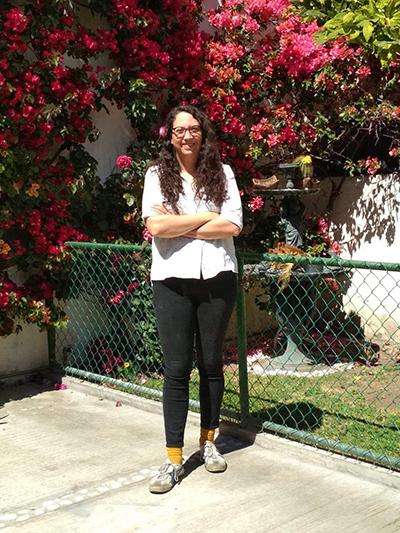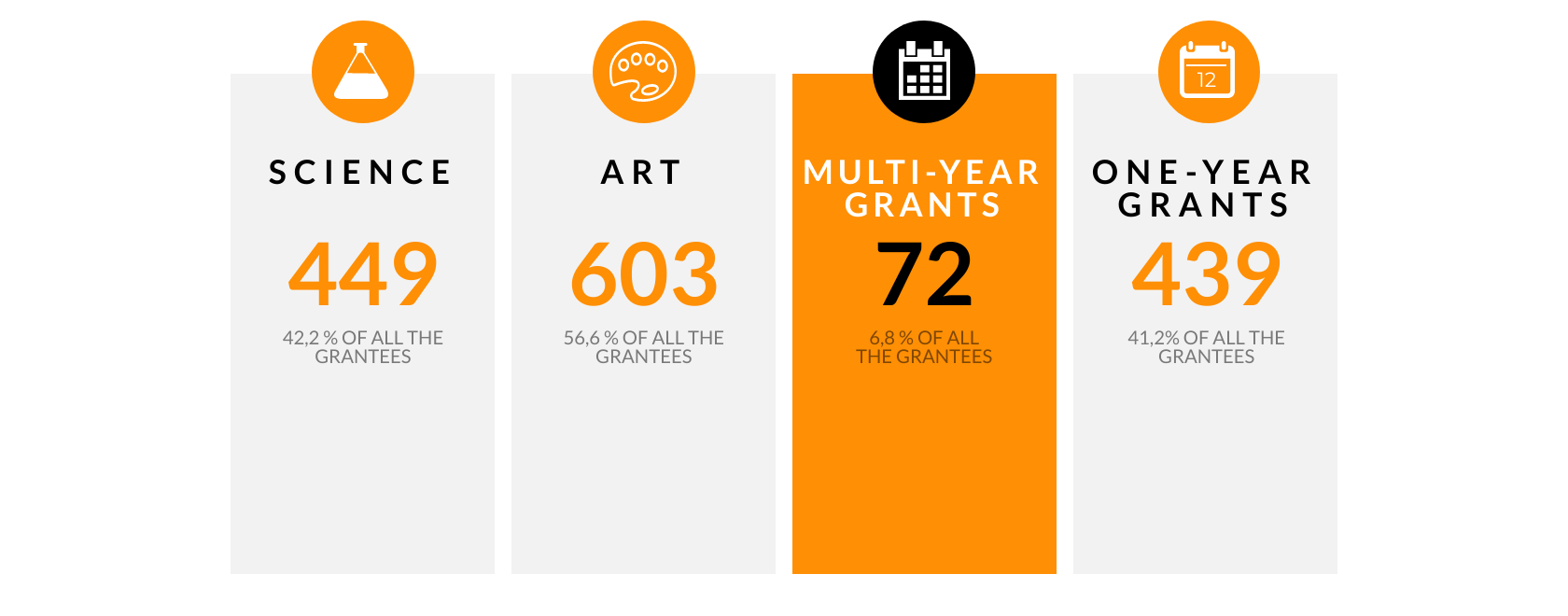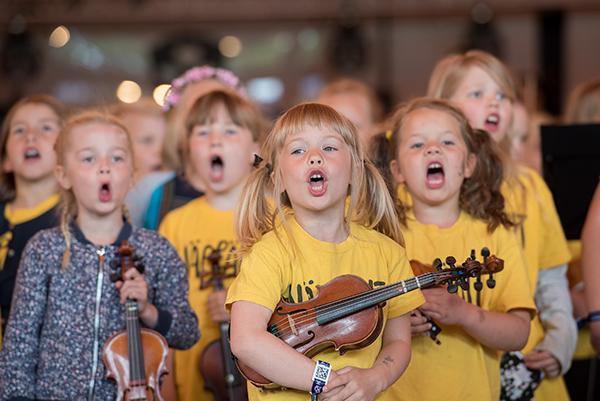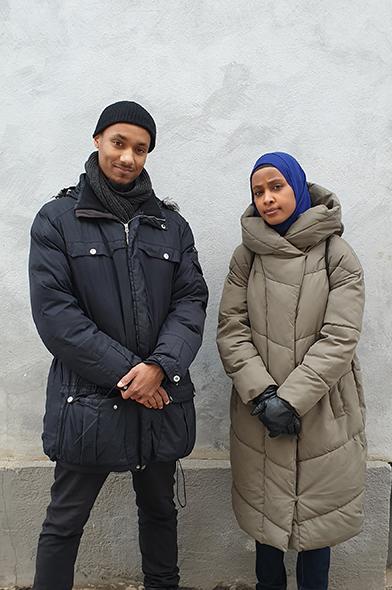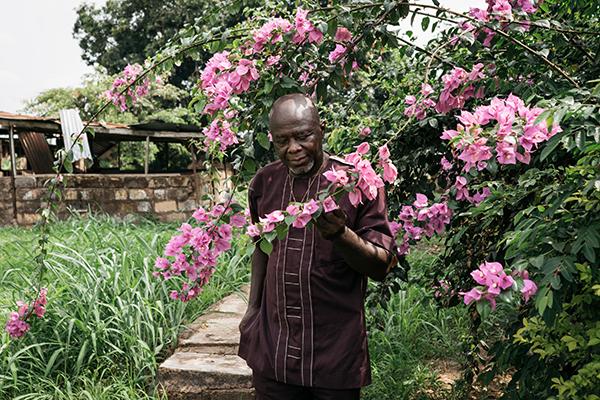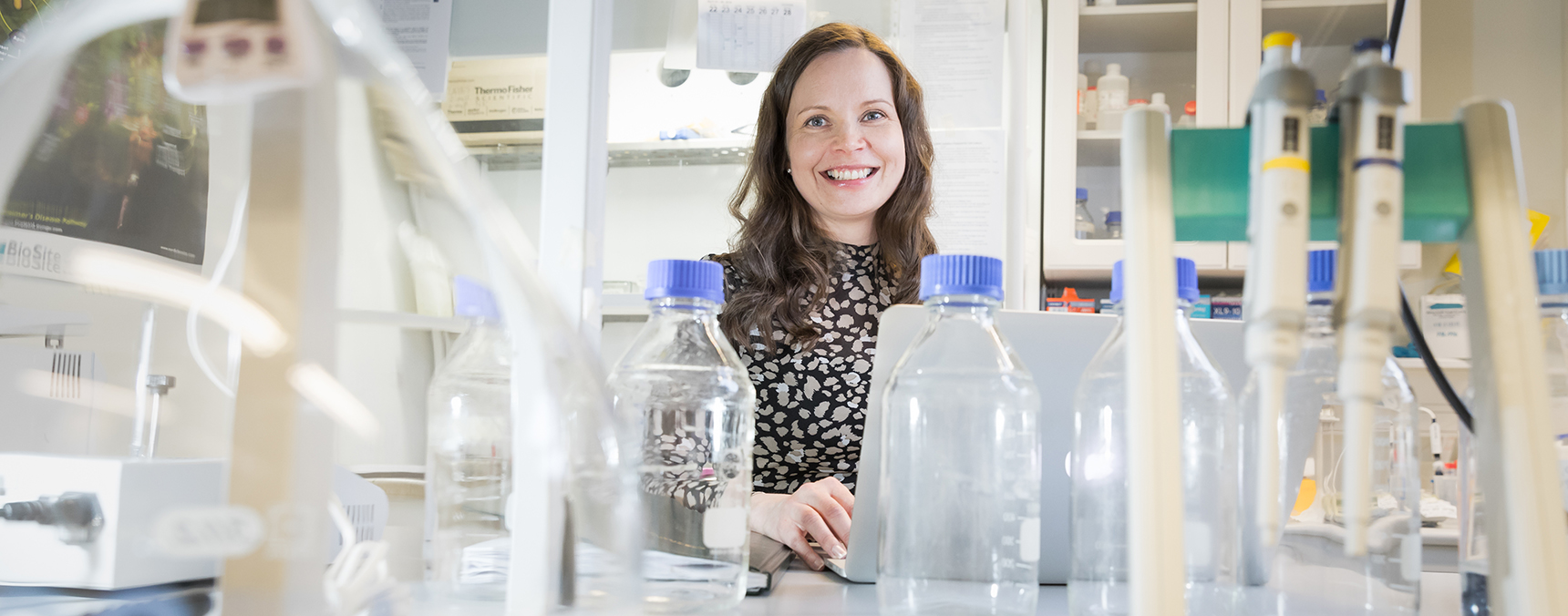Regional Funds pay out eur 13,5 million in grants
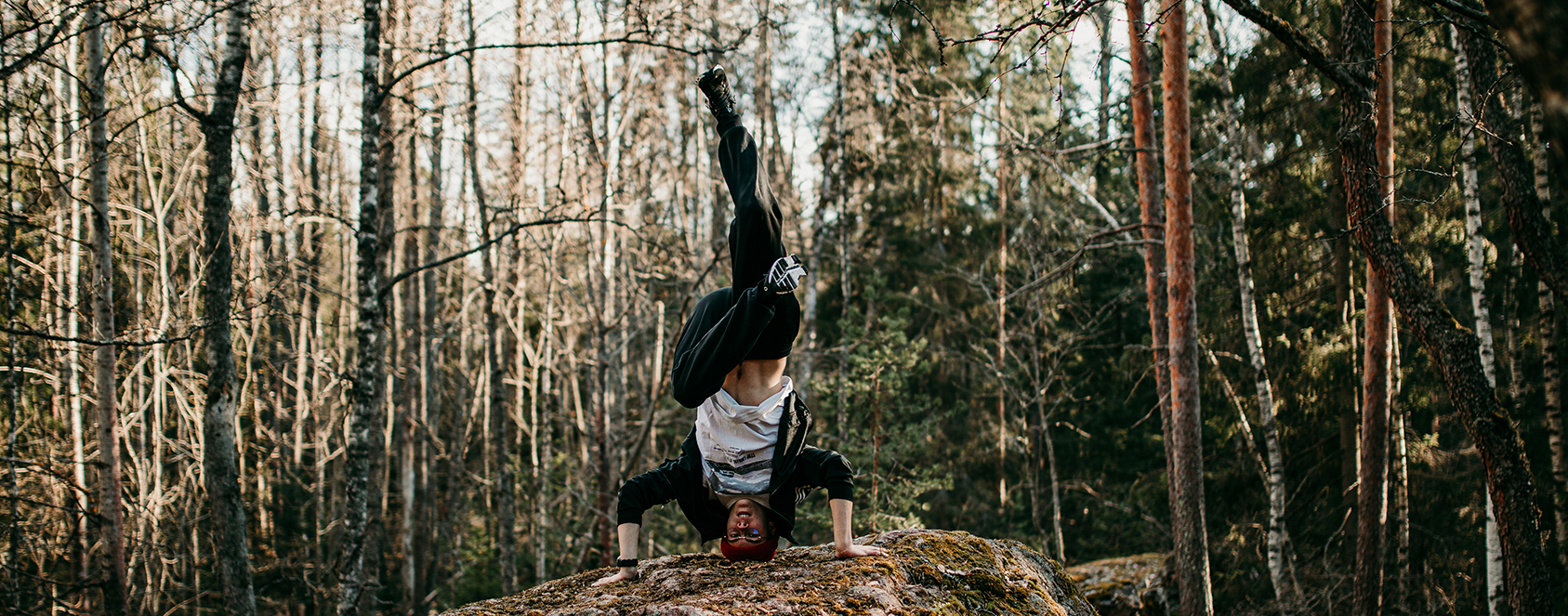
– The Cultural Foundation decided to grant additional aid for coronavirus-related difficulties, aimed primarily at freelancers in the arts but also available to organisations without separate application, explains Juhana Lassila, who is in charge of grants at the foundation. The additional funding was divided between the regional funds proportionately to the amounts they granted to the arts last year.
– We trusted that our regional funds would know how best to fund the arts in their areas in this difficult situation.
The numbers of applicants to the regional funds grew compared to the previous year. The funds received 6,686 applications from academic disciplines and 2,624 from the arts, and awarded 341 grants to academia and 839 to the arts. Grants were distributed to 175 municipalities around Finland. The proportion of applicants competing for the funds’ grants varied significantly between regions; where in Uusimaa the fund was only able to provide 3% of the funding applied for, in South Karelia, South Savo and Satakunta the corresponding figure was 15%.
The coronavirus situation also meant that the regional funds gave out a larger quantity of grants numerically, although were for smaller sums than usual. The regional funds granted more money than average to fund activities such as art exhibitions, whose share grew by 55% from the previous year. Full-year (12-month) grants numbered 165.
Some regional funds gave out over one million euros in funding, and they were the Varsinais-Suomi (EUR 1.4 million), South Ostrobothnia (EUR 1.1 million), Pirkanmaa and Uusimaa (EUR 1.3 million) and North Savo (EUR 1.0 million) Regional Funds. The smallest grant total was paid out by the Kainuu Regional Fund (EUR 276,000).
Among the grants awarded by the regional funds are larger Spearhead Project grants, which total EUR 20,000–40,000 and are intended for projects with a broader impact within the region. In South Ostrobothnia, for example, the Vaasa City Theatre received a EUR 25,000 grant to start up an opera project together with other local operators, while in Päijät-Häme a EUR 20,000 grant will help facilitate the production of an anti-bullying TV series for young viewers.
The Cultural Foundation has also taken the exceptional circumstances into account in its grant terms, accepting, without further notification, a 12-month extension to the use of grants for projects which have been affected by the pandemic. Similarly, organisers of cancelled events will be allowed to use grants they have received for similar events next year.
